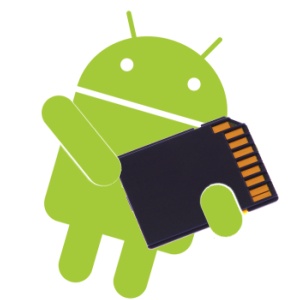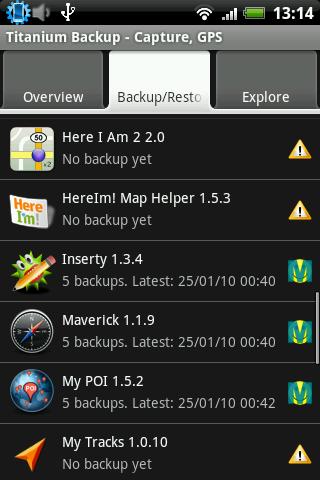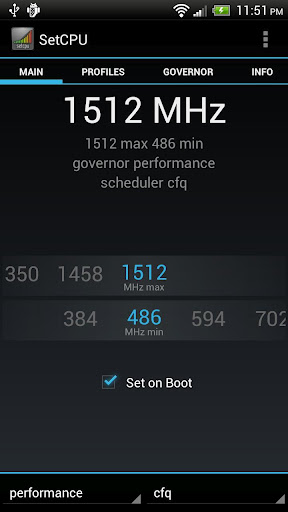
So you’ve rooted your Android phone or tablet. Now what do you do? Rooting Android gives you access to a whole new world of possibilities. To get started, here are the top five things you should do after rooting your device:
5) Download a custom ROM
Custom ROMs are one of the major benefits of owning a rooted Android. Custom ROMs are basically new operating systems that can only be installed on rooted devices. They provide a unique new user interface and allow you to maximize the potential of your rooted device by making it faster and easier to use than ever before.

ROMs can be downloaded all over the internet. Each ROM site will also provide a detailed tutorial on how to load these ROMs onto your rooted Android, although the process is generally quite easy. Here are a few sites where you can download new custom ROMs:
-AndroidSpin.com
The most popular custom ROM for Android (by far) is called Cyanogen Mod. It is updated frequently and is beloved by Android users around the world.
4) Move apps onto your SD card
 Another important advantage of a rooted Android is the ability to install apps onto your SD card. To do this, you simply need to insert an SD card into your phone (duh). Many custom ROMs have a built-in ability to install apps to an SD card, which makes your life significantly easier.
Another important advantage of a rooted Android is the ability to install apps onto your SD card. To do this, you simply need to insert an SD card into your phone (duh). Many custom ROMs have a built-in ability to install apps to an SD card, which makes your life significantly easier.
If your custom ROM does not include the ability to transfer apps to an SD card, you can always download the App2SD app from the Google Play store. Although that app technically works with both rooted and non-rooted Androids, non-rooted Android users tend to have problems getting it to work. For best results, install App2SD on a rooted Android.
3) Backup your apps using Titanium Backup
Another major reason why people root their Androids is to backup their apps using Titanium Backup. In fact, Titanium Backup is by far the most popular root app available on the Google Play Store. With this app, users can backup all their apps (something that can’t be done on non-rooted Androids). However, that’s not all: users can also remove bloatware, sync to cloud storage (including Dropbox) and perform all sorts of other useful tasks.
You can download Titanium Backup for free by clicking here, although a Pro version is also available.
2) Delete stock Android apps
Every Android device comes with a number of apps that cannot be deleted. However, after rooting your system, you can delete all of these stock apps. So, if you don’t like the browser that Samsung includes on their devices, or if you want to delete the HTC keyboard and replace it with a better one, you can easily do that on your rooted device. Deleting stock apps will free up space while making it easier to use your Android the way you want to use it.
1) Overclock your Android and speed up its performance
We all appreciate faster Android performance. With a rooted Android, speeding up your device has never been easier. After rooting your Android, you now have access to the ‘root’ of your system, which means  you can set the CPU voltage and clock speed as high or low as you want.
you can set the CPU voltage and clock speed as high or low as you want.
There are a number of apps that will do this automatically for you. These apps are designed to lower CPU voltage when you’re not using the CPU in order to preserve battery life. But they also raise the CPU voltage and clock speed when you need it most in order to increase performance.
Keep in mind that some custom ROMs might also feature a built-in ability to alter CPU speeds. And, although you have to pay for SetCPU, it’s generally considered the most popular CPU performance app on the market.
Here are a few CPU-related root apps that you can download.
-SetCPU
-CPU Tuner
-CPU Control Lite
Ready to root Android?
Haven’t rooted your phone yet? Try out One Click Root, which allows Android users with absolutely no technical experience to quickly, easily, and safely root their devices. And if you don’t like your rooted Android, the One Click Root process is 100% reversible.
